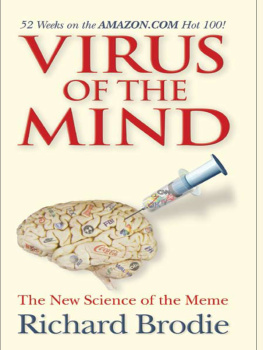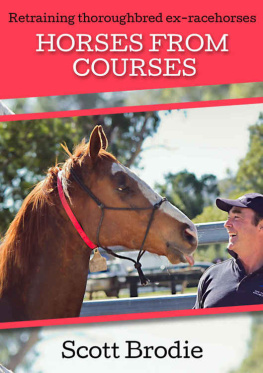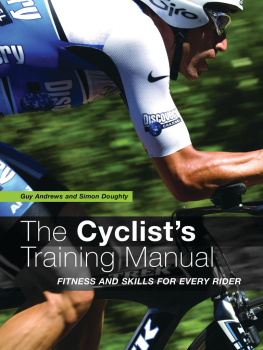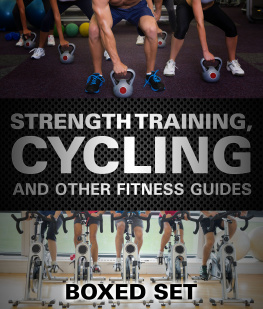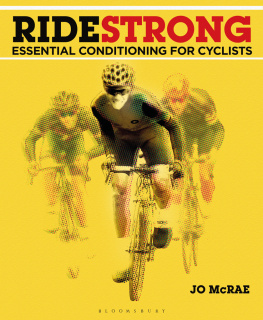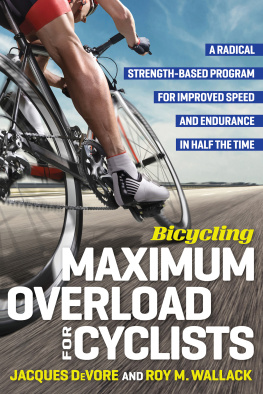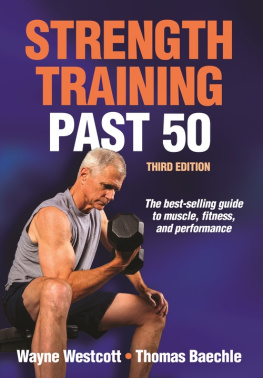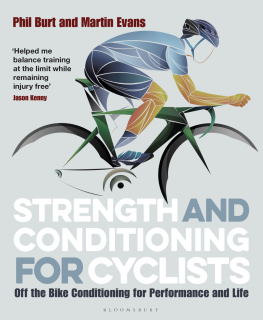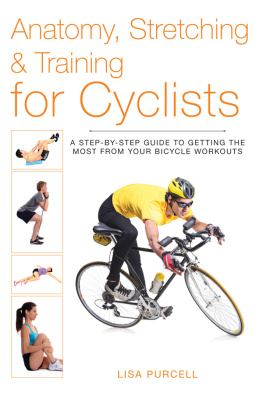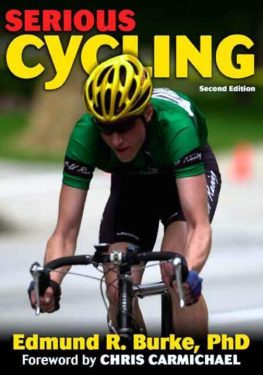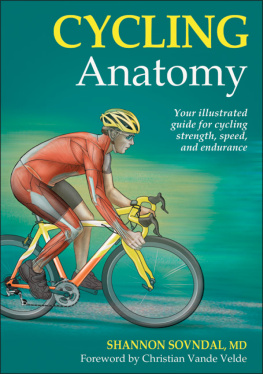Disclaimer: Before beginning the Vortex Method, or any other physical fitness program, you should see your family physician for a check-up to make sure that you are healthy and able to participate in the program.
Copyright 2021 by Menachem Brodie
All rights reserved. No part of this book may be reproduced or used in any manner without written permission of the copyright owner except for the use of quotations in a book review.
Paperback ISBN: 979-8-54-017008-6
www.humanvortextraining.com
CONTENTS
FOREWORD
ENTER THE VORTEX
By Selene Yeager
When I picked up bike racing in the mid-90s, cyclists were often told not to strength train. Lifting weights was deemed mostly counterproductive. As a mountain bike racer, personal trainer, coach, Bicycling magazine contributor, and woman, I have always believed resistance training was time well spent. But the resources were sorely lacking... and contradictory.
I fumbled my way throughlearning, growing, experimenting, and dishing out advice the best I couldas core training, foam rolling, functional training, body weight workouts, mobility and stability work, and more all entered the scene.
Today we have more information than ever on all of these methods, right at our finger-tips. We also have more misinformation than ever. And sometimes that misinformation looks really good with the right lighting and perfect pictures on Instagram.
How the heck do you sieve through it all and come up with a cohesive, comprehensive plan that benefits you and your cycling clients most? Read this book. Seriously.
PULLING IT ALL TOGETHER
Menachem Brodies Human Vortex Training workshops are among the most sought out in continuing education circles for a reason: He has done the hard work of living, breathing, and synthesizing all the components of getting strongertruly strongerin the sport of cycling. And now hes pulled them together in an easy-to-use resource.
Strength Training for Cycling Performance is a users manual for your human frame. Much like your bike, you want your frame to be stiff where you need it to be stiff and fluid where it needs to be fluid so you can produce power and speed that doesnt waste energy or, worse, create undue wear and tear.
This program includes soft tissue work, breath work, dynamic exercises, and, of course, intelligently programmed resistance training. Its all there, and then some. Honestly, this book could have been four or five books. But the beauty is that it is not. If youre anything like me, you already have books and articles on core and mobility and strength and breath and training. And so were left with a stack of books and a blank schedule to fill in while still trying to leave spare time for clients and ourselvesnot to mention a day job and family life.
Brodie beautifully explains each essential exercise component, each fundamental movement, the science behind a healthy spine, why breath work matters, how soft tissue manipulation improves performance, and more, in plain language but also in complete detail. Then he puts it into a framework you can use. With this program, youll know what soft tissue and body work to do and how long it will take; what your dynamic warm-up should look like; and how it meshes with your plyometrics, strength, posture, stability, and corrective exercises in one 70-minute session. The annual overview provides guidance on strength training you can use year-round.
A PROGRAM FOR EVERYONE
While cycling is recognizing that it hasnt always been the most inclusive space, its a breath of fresh air that Brodie devotes a chapter to women.
Sports science has caught up to the fact that women are not small men. Our unique hormones and physiology require understanding, training, and fueling adaptations for optimum performance, especially during menstrual cycles and as we enter perimenopause and menopause. Its refreshing to see that language used and those issues addressed in a strength training for cycling performance book.
THE ONLY BOOK YOULL NEED
Spine health, posture correction, programming, metabolic training, on-bike intervals, breath work, in-depth knowledge of the mechanics behind producing power on a bike, bike fit... the list of what youll find in these pages goes on and on. And while there are entire books written on each of these topics, most of us just need to know what we need to know to help ourselves and our clients get and stay strong, improve performance, and enjoy the sport we love injury-free.
For that, this is the only book youll need.
INTRODUCTION
Since around the year 2010 there has been a significant shift happening in the world of cycling regarding how we, as a community of athletes and enthusiasts, think about and approach our training.
This shift has happened through a few stages:
First, there was a focus on decreasing the total amount of time cyclists spent out on the road while increasing the density of their training. This stage came to the masses in the book The Time-Crunched Cyclist by Chris Carmichael, published in 2009.
Next, the focus turned to improving recovery from sport stresses. This stage taught cyclists to expand on the idea of what recovery entails and how to get there. This culminated in the book The Athletes Guide to Recovery by Sage Rountree.
The last stage, which builds upon the first two and is where we currently stand, has seen the focus turn to improving our muscles ability to move us, via the addition of strength training for cyclistsa concept which is now coming together in this very book.
While there have been one or two other books written on the subject, none of them has done as deep of a dive into what really boosts your performance, or how to best include strength training in your year-round training regimen, as what youre about to read. In fact, many of them suggest that you include strength training only during your transition and base periods. That prior understanding of strength training certainly opened the door for you to be where you are right now, ready to open your eyes to the incredible advantages and improvements that an intelligently built, year-round strength training program has for you.
For decades, poor practices and myths surrounding strength training have been allowed to run free in endurance sports circles, despite there being coaches who knew a better way. Too often, their guidance fell on deaf ears, as athletes wouldnt listen without proof of research to back their coachs claims. Ive spoken about it in my courses, presentations, and continuing education classes for coaches from around the world. If you wait to follow the research, you are easily 510 years behind what the best in the profession are doing.


